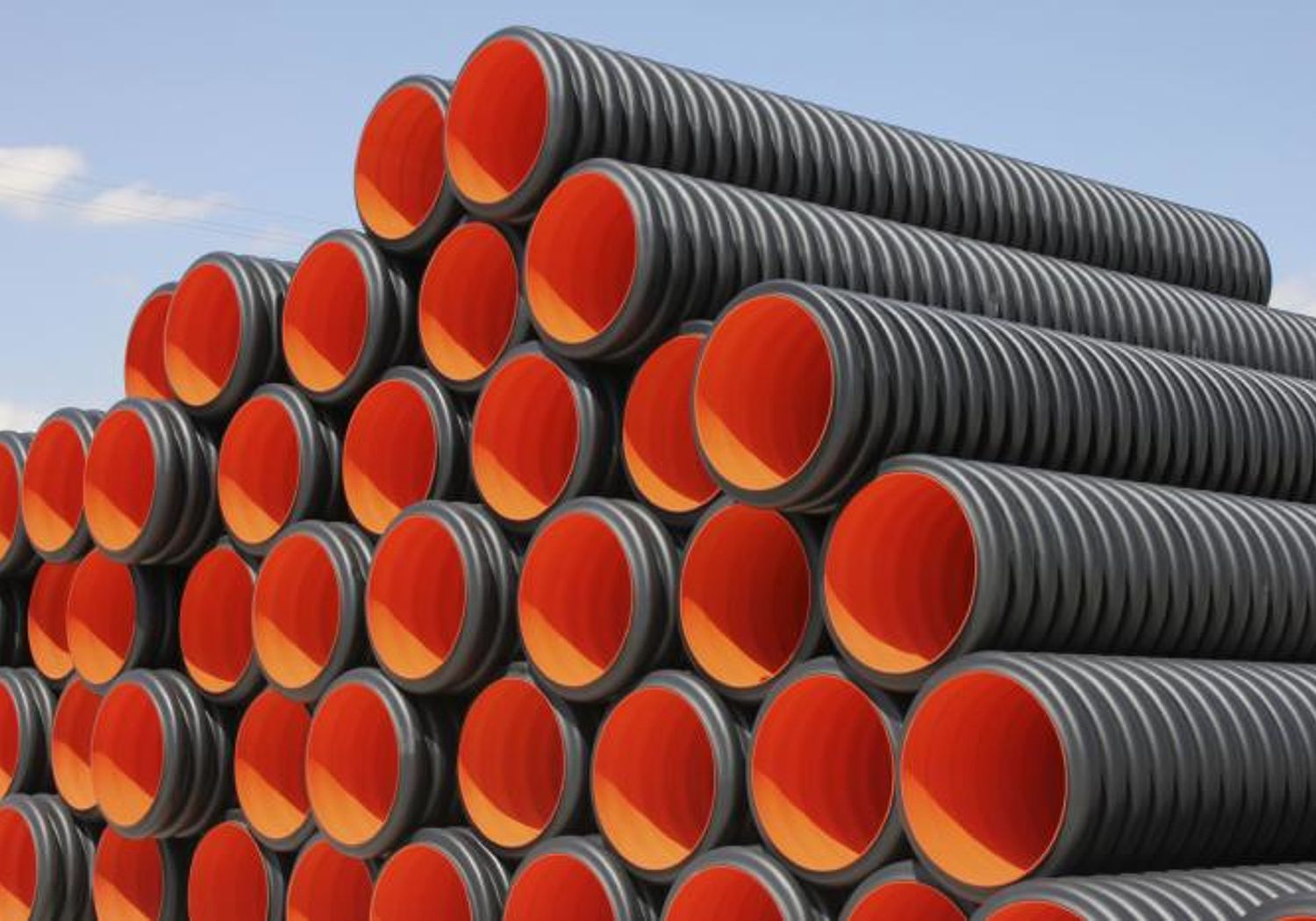Validated inspection techniques for composites in energy applications
Short Name: VITCEA, Project Number: ENG57
Better materials for energy: Improving detection of defects in new materials
Fibre reinforced plastic (FRP) composites are widely used to enhance the strength, stiffness, fatigue and corrosion resistance of wind turbine blades, gas pipelines, transport and other energy applications. As FRP composites also enable lighter structures, they offer a means by which energy consumption and greenhouse gas emissions can be reduced. However, material defects and damage occurring in production and service compromises structural strength, stiffness and longevity. Non-destructive evaluation (NDE) is essential for characterising material quality but, compared to visual inspection, adoption of more sophisticated NDE techniques is often limited by perceptions in some industries that the techniques are unproven, complex and costly. Few relevant normative standards apply for non-destructive defect detection in FRP, so, new standardised techniques will boost confidence in methods to measure, locate and characterise defects in these materials.
This project addressed the lack of standards by developing validated operational procedures for a range of non-destructive inspection techniques. These NDE techniques and procedures were evaluated and validated using an unprecedented selection of reference samples designed and produced in the project.
The project:
- Developed and validated the first formalised operational procedures for the use of four main NDE methods for use with FRP, as precursors to measurement methods for future ISO standards.
- Developed and characterised thirteen FRP Reference Defect Artefacts, with well characterised built-in defects.
- Developed two Natural Defect Artefacts, designed to replicate typical in-use damage.
Delivering impact
Simulated microwave inspections of reference defect artefacts were provided during the project to a major supplier of microwave inspection equipment, revealing the potential for modifying microwave transducers to reduce or eliminate the formation of unwanted standing waves. As a result, the company implemented similar modelling software to improve the design of its equipment.
The validated inspection techniques informed the work of six relevant standardisation committees, plus, resulting from the project, new measurement services for thermal properties of composite materials are now available from two participating NMIs.
The developed operational procedures for NDE techniques provide new levels of confidence in defect detection techniques for FRP composite applications. Optimised NDE techniques, operational procedures and modelling capability will lead to improved safety, life expectancy, energy efficiency and sustainability of composite structures; while also reducing greenhouse gas emissions and maintenance costs.
Proceedings of 12th European Conference on NDT
Quantitative InfraRed Thermography Journal
19th World Conference on Non-Destructive Testing 2016
19th World Conference on Non-Destructive Testing 2016
19th World Conference on Non-Destructive Testing 2016
19th World Conference on Non-Destructive Testing 2016
Proceedings of the 2016 International Conference on Quantitative InfraRed Thermography
